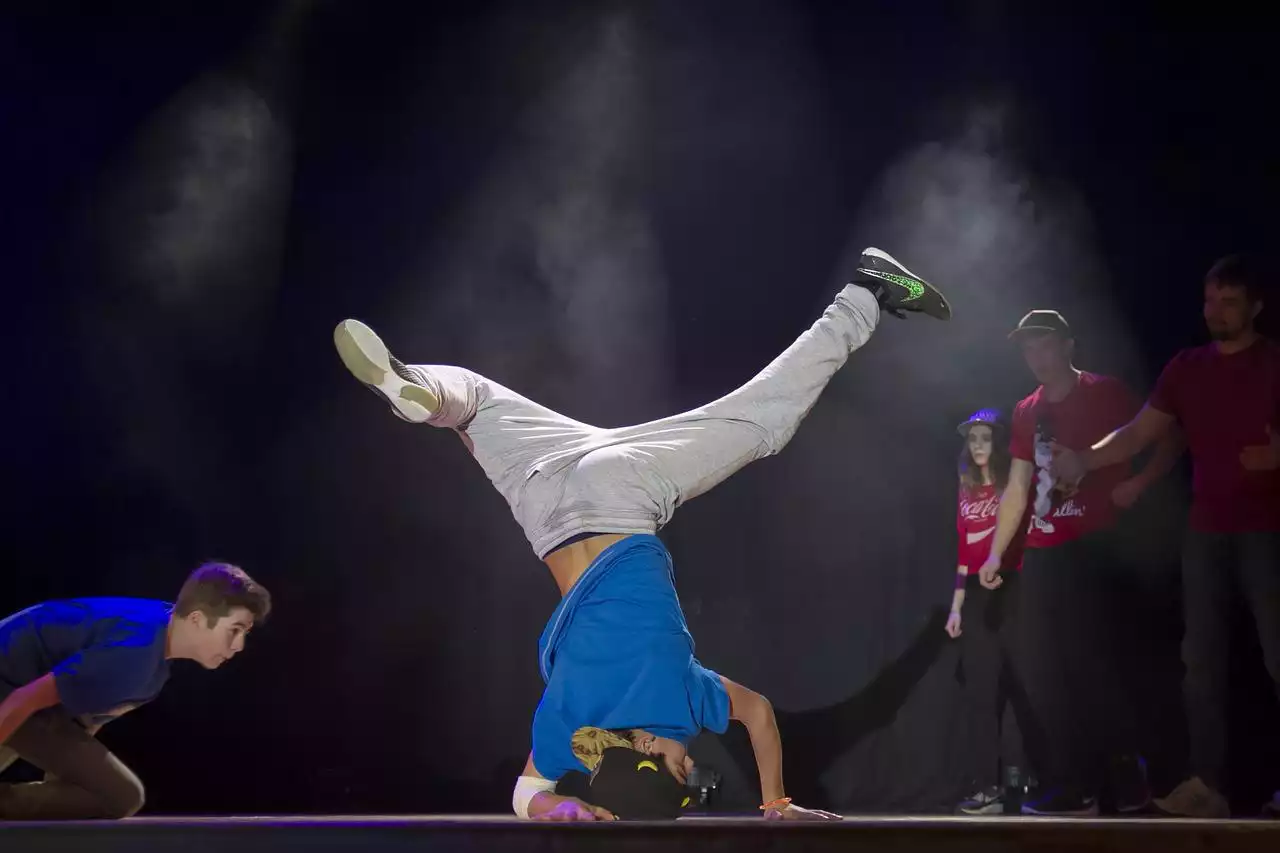Hip-hop has always been a voice for the voiceless, and no time was that more evident than in the 1990s. The decade is widely known as the "Golden Age" of hip-hop music due to the proliferation of artists, albums, and songs that remain classics two decades later. In this article, we’ll discuss how hip-hop culture began in New York City in the late 1970s and early ‘80s, how it grew into a widespread subculture with its own identity by 1990, or as many refer to as “the Renaissance” of rap music. In fact, several different eras can be identified throughout the 1990s because of how much hip-hop changed from one year to another.
The origins of Hip Hop
Hip hop culture emerged from the urban ghettos of New York City in the mid-1970s. At this time, the city was facing economic decline due to the effects of globalization, and serious crime and drug epidemics were rampant. In this urban landscape, the youth of New York City were not given many resources or outlets for expression. Many were given the message that their lives were not worth living at all. Hip hop culture was born out of necessity, out of necessity to express, out of necessity to communicate, out of necessity to survive. The “four elements” of hip hop, DJing, MCing, breakdancing, and graffiti art, were created by marginalized youth in New York to survive the urban environment, to give voice to their experiences and stories, and create an empowering culture. These four elements also allowed these youth groups to create safe spaces where they could get together, build community, and survive.
Defining characteristics of 90s hip hop
Hip hop culture has had many iterations, with the music and subculture evolving with each generation of artists and fans. The music and style from each era has its own unique sound, themes, and influences. The 90s was a decade in which hip hop grew up. Artists explored new themes, sounds, and styles that were not as present in previous decades. The artists in particular were more socially conscious and aware of the political issues of the day. There was far less of the “gangsta” image and style that was more common in the 80s. Hip hop culture in the 90s was also greatly influenced by the emergence of new technologies and the internet. New styles of music, sounds, and genres such as hip hop and R&B were created, while new social and cultural movements such as cyberculture, the information superhighway, and cyberpunk emerged.
The popularity of Gangsta Rap
Gangsta rap was a style of rap music that emerged in the late 80s and gained popularity in the 90s. The style of rap music was characterized by the themes of violence, drugs, misogyny, and other “gangsta” themes. The subject matter and style of gangsta rap outraged many, especially women and those who felt that it perpetuated negative stereotypes of black people. Gangsta rap was also criticized for its glorification of violence, sexism, and negative portrayal of urban communities. Gangsta rap was controversial because it was extremely violent and misogynistic, and it received much criticism from the general public. However, despite the controversy that surrounded the genre, gangsta rap was one of the most popular types of music in the 1990s. Gangsta rap’s popularity can be attributed to several factors, including the fact that it was well-timed, easy to understand, and relatable to many people.
The Golden Age of Hip Hop: 1990-1994
The Golden Age of hip hop is widely considered to be the 1990s. During this time, many of the most influential and popular artists were emerging, and the genre was changing much from the previous decade. The 1990s were a time of great social change, especially for the hip hop community. The culture became more socially conscious and began to reflect the political and cultural issues facing the country. For example, artists such as Public Enemy and NWA criticized the increasing racial tensions in the country and police brutality against African Americans. The music of the 1990s also changed greatly from the previous decade. Artists were exploring new themes and sounds, while the lyrics reflected a more socially conscious perspective. The beats in the 1990s were more complex and experimental, while the styles of music were more diverse.
The Darker Side of Hip Hop: Mid-1990s to early 2000s
As hip hop grew more and more, the culture started to change considerably. The hip-hop scene and music became increasingly commercial, and artists became more mainstream. During the mid-1990s, the gangsta rap themes of the previous decade were still present in many of the songs, even though they were less socially acceptable. However, the mid-90s were also a time of great political upheaval, especially in the U.S. The 1995 Oklahoma City bombing, the impeachment of President Clinton, the rise of the militia movement, and the increase in hate crimes against Muslims and African Americans were a few issues that the country was facing. Throughout the mid-1990s, the hip-hop scene was being increasingly commercialized. Many of the themes in the songs became more sexual, and the artists became more mainstream and highly visible in the media. This was also a time when hip hop was being heavily criticized, especially by the older generation who felt that the music and culture were negatively impacting society.


 How to Look After an African Grey Parrot
How to Look After an African Grey Parrot
 Japanese Fashion and Traditional Patterns
Japanese Fashion and Traditional Patterns
 Guide to Buy the Best and Comfortable Onesies
Guide to Buy the Best and Comfortable Onesies The 100 Best Singles of the 1990s
The 100 Best Singles of the 1990s Nostalgia Reboot: A Journey through the Time Capsule of 90s Music
Nostalgia Reboot: A Journey through the Time Capsule of 90s Music Different Styles of Contemporary Music in the 90s
Different Styles of Contemporary Music in the 90s Alternative Rock Music Got Better in the 90s
Alternative Rock Music Got Better in the 90s